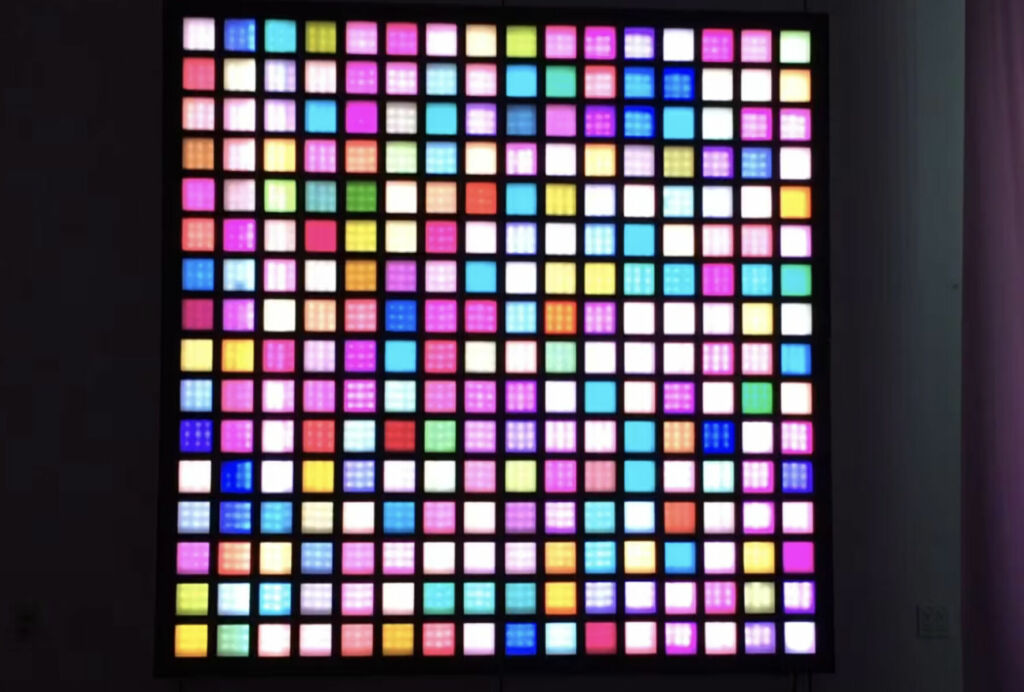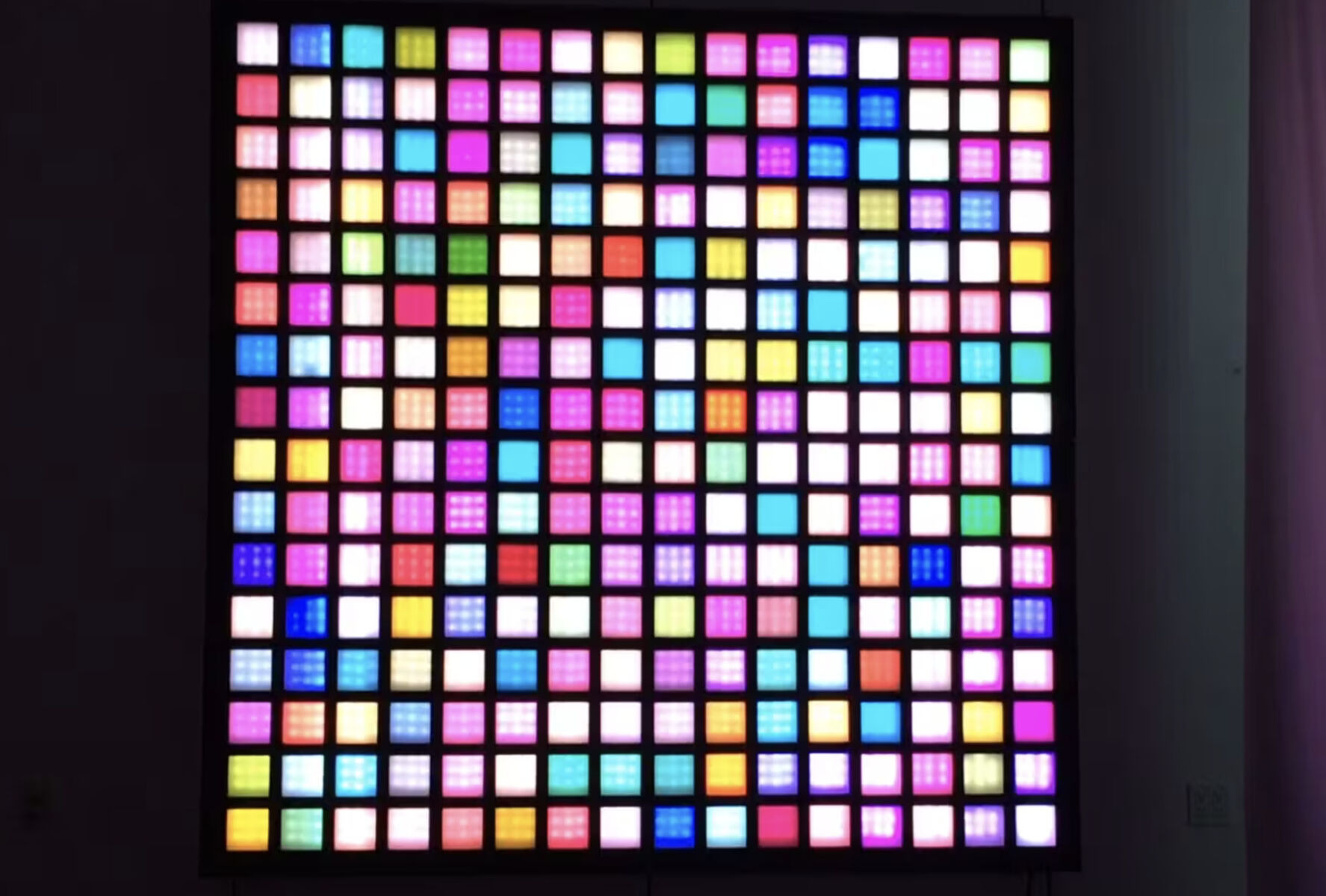Text by David Harris

In a recent editorial in Leonardo journal, Assoc. Ed. Jack Ox stated about art-science that well-designed presentations must be articulated clearly and cogently to make the research comprehensible to other scientists and the public. This is a common contribution artists bring to their collaborations with scientists.[1]
Although perhaps not what Ox intended to say, this line of argument is dangerously minimizing artists involved in the art-science blend. Yet it is a common argument, and even assumption, heard throughout the scientific world when it comes to sci-art. Art does not exist in a science-art mix merely to help communicate science. Art brings its own questions, problems, and challenges to the interaction of science and art.
If we see art as merely the handmaiden of science—as a tool for creating more effective communication—we lose the possibility of what art truly can bring to science—an alternative perspective. And, presumably, a goal of sci-art is to be influential in both of its parent fields rather than being walled off into its own little garden. If art has (as a primary goal) to communicate science, it is at a real risk of adopting the perspective of the scientists involved in science. I think this is unnecessarily limiting.
Although it is undoubtedly more common for science to influence art than for art to influence science, there are still plenty of cases where an artist’s work has influenced a scientist to think differently about their work. Indeed, my physics research was founded on the inspiration that I can directly trace to specific sculptures I encountered while thinking a lot about physics. Though not in this case labelled as science-art, the art provoked a new way of looking at a longstanding problem in my mind. And surely this is a virtue for the art.
The argument by Ox is presented in an editorial titled ‘Artist-Scientists are Designers’, so we can see there is a clear path to this unfortunate situation where art loses its unique characteristics. The same argument conflates art and design, which are not identical despite many overlaps and interactions between those fields (see, for example, Bruno Munari’s comments on the topic in his collection ‘Design as Art’).
This is not to say there is no role for artists to play in the good design of science communication. But placing this as a requisite component of sci-art prevents a whole world of exploration for which artists are essential.
If sci-art desires to have any influence in the art world and to have a more significant potential with audiences, including scientists, it needs to hold fast to its identity as art and being true to the science, so that it has credibility in that world. And it needs to be allowed to do what it is good at to ask questions, problematize prevalent intellectual frameworks, and provoke audiences to think differently about their world.






